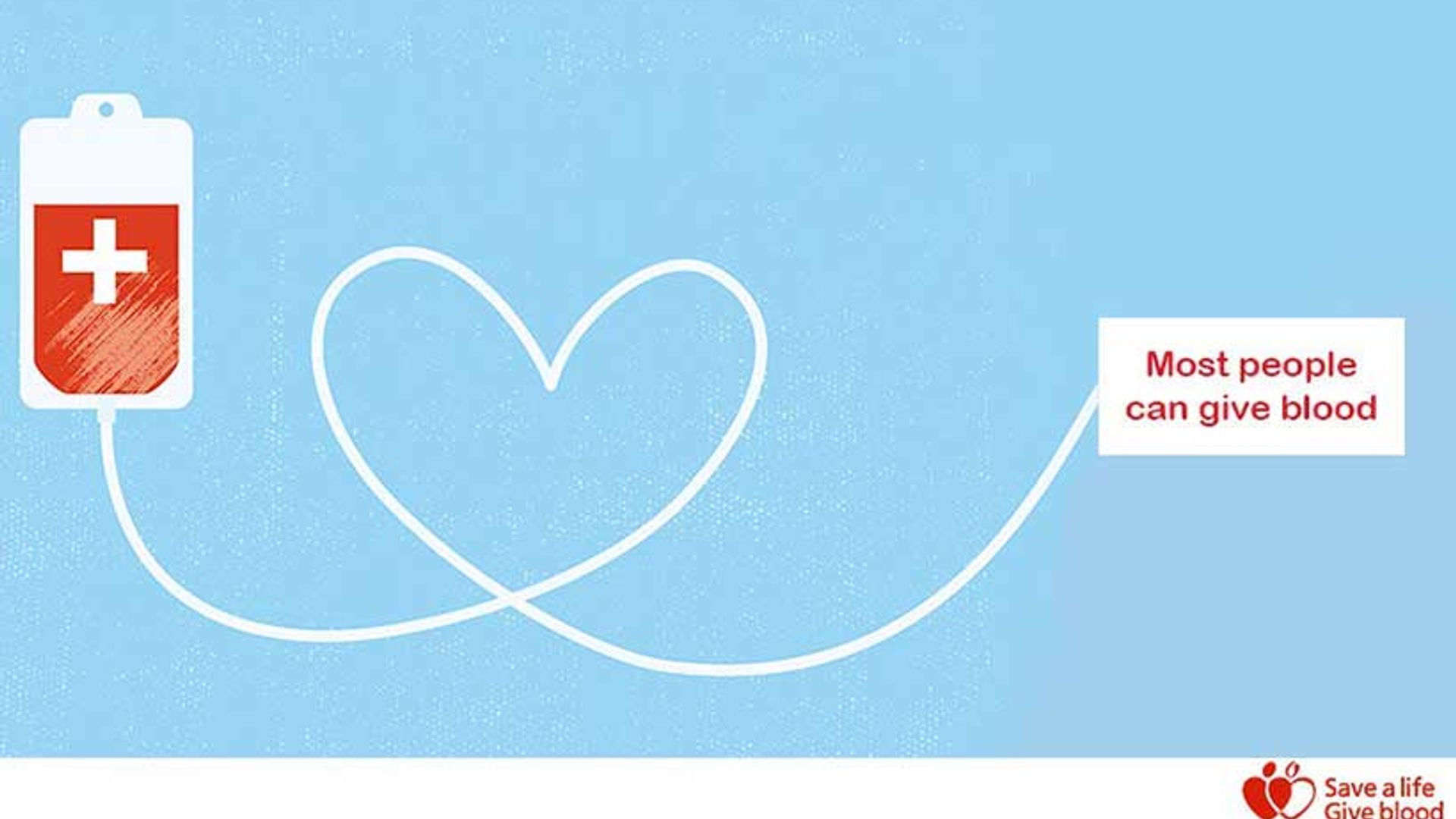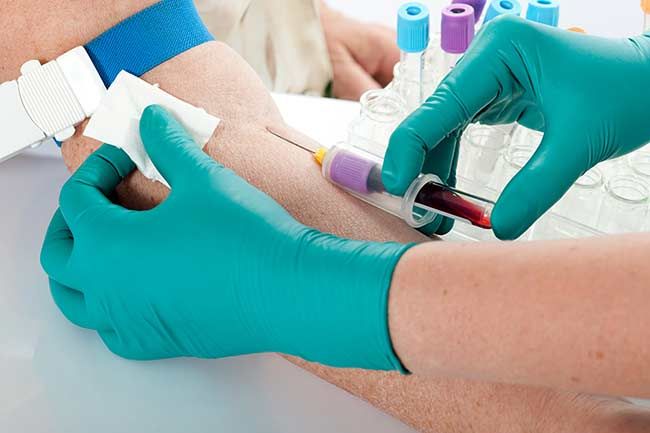Following on from the Manchester attack on Monday, many people across the UK have been keen to do what they can to help by donating blood to help those in need. The NHS blood service has said that they have all the blood required for hospital patients at this time, however have encouraged new donors to register and existing donors to book new appointments in order to maintain the stocks needed to save lives of patients in need across the UK. If you're keen to sign up as a donor, here's a guide to blood donation in the UK.
Who can give blood?
The NHS advises you can give blood if you:
- Are fit and healthy
- Weigh over 7 stone 12lbs or 50kg
- Are aged between 17 and 66 (or 70 if you have given blood before)
- Are over 70 and have given blood in the last two years
How often can I give blood?
Men can give blood every 12 weeks and women can give blood every 16 weeks.
How do I give blood?
Check you are able to give blood via the NHS website blood.co.uk, and look online to find an appointment near you. A number of appointments can be booked in advance at many venues, while a number of limited walk-in slots are also available. If you haven't already, register to be a donor online or call 0300 123 23 23. You can also register in person at a donation venue.
What happens at your blood donation appointment:
When you arrive for your appointment you will be given a welcome leaflet to read about the importance of blood safety, and will be advised to drink 500ml of fluid over about five minutes to help with your wellbeing during and after giving blood. Before you give blood you will have a health screening with a nurse to ensure it is safe for you to give blood and that your donation is also safe for a patient to receive. A nurse will also test a drop of blood from your finger to check the iron levels in your blood – if you have low iron levels you may be advised not to donate.
If you are able to donate you will be moved to another chair where you will be asked to confirm your name, address and date of birth. A cuff will be placed on your arm to maintain a small amount of pressure during donation, and the nurse will find a suitable vein before cleaning your arm with an antiseptic sponge.
The NHS advise that once the needle is inserted you shouldn't feel any discomfort or pain. A scale weighs the blood and will stop when you have donated 470ml – or just under a pint – this can take between five to ten minutes. The needle will be removed and a dressing will be applied to your arm.
How do I find out my blood type?
If you don't already know your blood type, your blood group will be checked when you donate blood through the NHS, and will be recorded on your official donor card. This ensures your blood can be matched to someone with the same blood group or one that is compatible.
Why O Negative blood is more needed
O Negative blood cells are called "universal", which means they can be transfused to any patient in need, regardless of their blood type. Only 6.6% of the population has O Negative blood.
For more information on donating blood, visit blood.co.uk.











